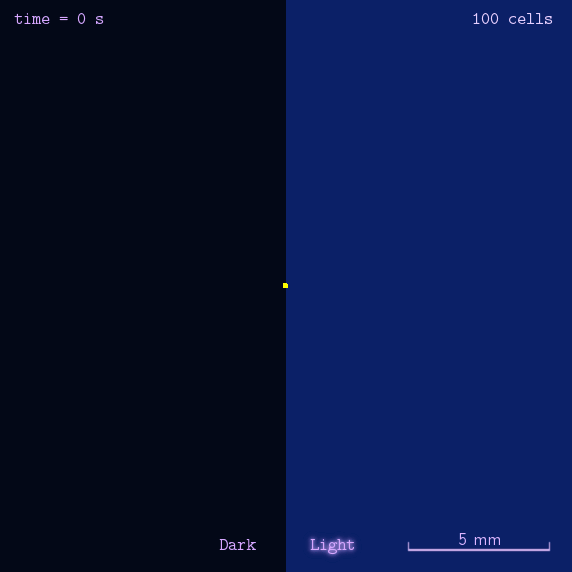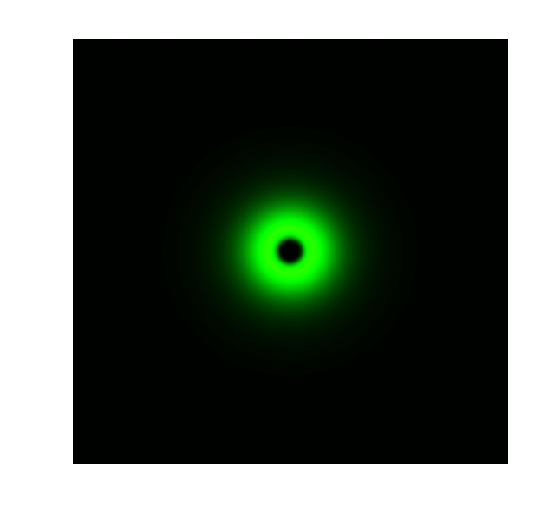Team:Peking/Modeling
From 2012.igem.org
| Line 27: | Line 27: | ||
<div class="PKU_context floatR"> | <div class="PKU_context floatR"> | ||
| - | <h3 id="title3"> | + | <h3 id="title3">Ring Pattern Formation</h3> |
<div class="floatR"> | <div class="floatR"> | ||
<img src="/wiki/images/c/cf/Band_Origin_3.png" alt="" style="width:250px;padding:15px 10px 20px 15px;"/> | <img src="/wiki/images/c/cf/Band_Origin_3.png" alt="" style="width:250px;padding:15px 10px 20px 15px;"/> | ||
Revision as of 17:02, 21 October 2012
Summary
Our modeling group conducted simulations to guide the optimization of our Luminesensor by combining protein kinetics, thermodynamics, and stochastic simulation together. Thereby the mutagenesis is indeed rationally guided by our modeling prediction, and the experimental results excellently correspond to the model! We also used molecular docking to expand the spectrum of the Luminesensor, which would greatly extend its application, such as multiple-channel communication among cells. Additionally, we simulated the process of phototaxis both on the macro level and micro level, using mean-field PDE (partial difference equations) and Stochastic Simulation respectively. In the PDE model, we developed a hexagonal-coordinate simulation environment for dynamic system on a continuous plane, which would be a very useful prototype for future simulation on cellular movement, pattern formation, and other potential systems.
Phototaxis Modeling

Phototaxis is a light-control bio-system, whose input is the space-distribution of light. By comparison with chemotaxis system, phototaxis has many advantages for application. (See Project Phototaxis) We have constructed a simple phototaxis system coupling our Luminesensor with the expression level of cheZ protein. In order to confirm the macro light-control to our phototaxis system, we used the Mean-field PDE model. Later we managed to confirm these phenomena by tracing each cells in Stochastic Simulation. We then managed to do the related experiments to prove the effect of light in this simple system.
On the way to the simulation of the macro population changing process, we developed a hexagonal-coordinate simulation environment for dynamic system on a continuous plane. Since the number of neighbors of a chunk unit in the hexagonal mesh is larger than that of the traditional quadratic mesh, the hexagonal mesh is much closer to an isotropic grid, which would reduce the error caused by anisotropic structure in traditional quadratic mesh. This simulation environment would be a useful prototype for future simulation of 2D dynamic systems, such as cellular movement on plate and pattern formation based on cell-cell communication[2].
Ring Pattern Formation

As a hallmark of coordinated cellular behavior, pattern formation typically required cell-cell communication and intracellular signal processing. For more site-specific signaling and pattern formation, light may be more appropriate alternative. Due to the high sensitivity of our Luminesensor, it is possible to construct a ring-like pattern based on light-communication, previously done by AHL.
The high sensitivity of Luminesensor extends its field applications and enables us to achieve light-communication between E. coli cells. As demonstrations, we constructed and ring-like pattern in E. coli based on light-communication between cells. There are two kinds of E. coli cells on the plate: sender cells and receiver cells. Sender cells in the center of the plate produce blue light (490nm) on the addition of arabinose. Then receiver cells around the senders receive the light and react differently to the different light intensity. A high threshold and a low threshold are created in the system, between which the GFP are activated [3].
Reference
-
1. Zoltowski, B.D., Crane, B.R.(2008). Light Activation of the LOV Protein Vivid Generates a Rapidly Exchanging Dimer. Biochemistry, 47: 7012-7019
2. Liu, C. et al (2011). Sequential Establishment of Stripe Patterns in an Expanding Cell Population. Science, 334: 328
3. Subhayu Basu et al.(2005), A synthetic multicellular system for programmed pattern formation. Nature, vol.434: 1130: 1134
 "
"














